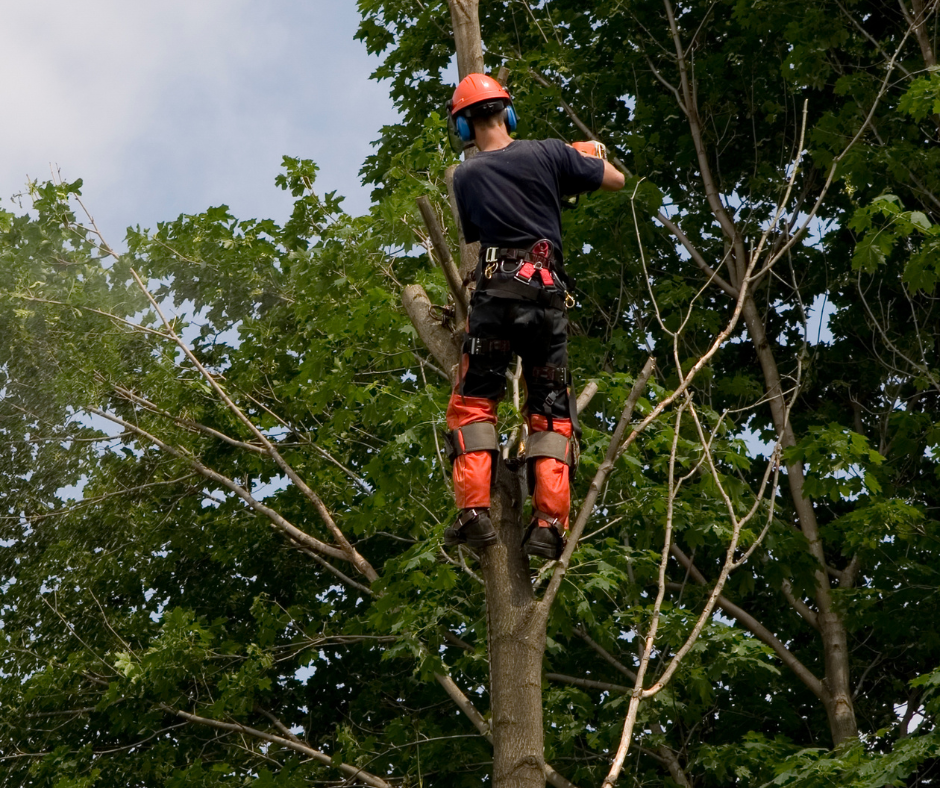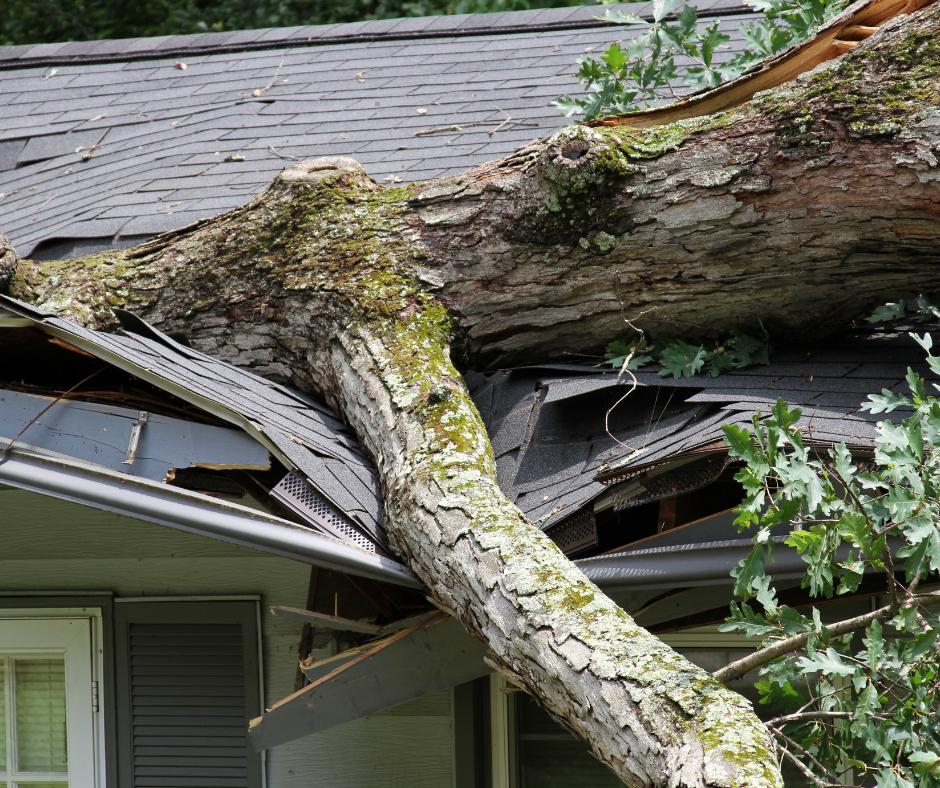How To Tell If A Tree Is Dead
5 Signs to Look for When Identifying a Dead Tree: How to Ensure Your Property's Safety

How to Tell If a Tree Is Dead
Trees provide many benefits, such as shade, clean air, and beauty to your property. However, dead trees can pose a significant danger to your home and family. Dead trees can fall without warning and cause severe damage to property and even injure people. Therefore, it's crucial to know how to identify a dead tree. Here are some signs to look for:
- Lack of Leaves or Buds
If your tree is supposed to be in season, but there are no leaves or buds growing on it, it may be dead. Trees should produce buds in the spring, and if you don't see any, it's a sign that something is wrong.
2. Brittle and Dry Branches
If the branches of your tree snap easily, this is a sign that they are brittle and dry. A dead tree's branches are weak and dry because they are not receiving any nutrients from the tree.
3. Fungal Growth
If you see mushrooms or other fungal growths on the base of the tree, it's a sign that the tree may be dead or dying. Fungi thrive on dead or decaying trees, and the presence of mushrooms indicates that the tree is no longer healthy.
4. Hollow Trunk
If you notice a hollow or decayed trunk, it's a sign that the tree may be dead. The trunk of a healthy tree should be firm and solid, and a tree with a hollow or decayed trunk is no longer structurally sound.
5. Pest Infestation
If you notice pests, such as termites or ants, on the tree, it's a sign that the tree may be dead. Pests thrive on dead trees and can weaken the tree's structure, making it more likely to fall.
If you suspect that your tree is dead, it's essential to have it assessed by a professional tree lopper. A professional will be able to confirm whether the tree is dead or just dormant and provide advice on the best course of action.
In conclusion, it's essential to know how to identify a dead tree to prevent any potential harm to your property or family. Look for signs such as lack of leaves or buds, brittle and dry branches, fungal growth, hollow trunk, and pest infestations. If you're unsure, contact the team at Sunshine Coast Tree Services to assess your tree's health and take appropriate action to ensure your property's safety.



